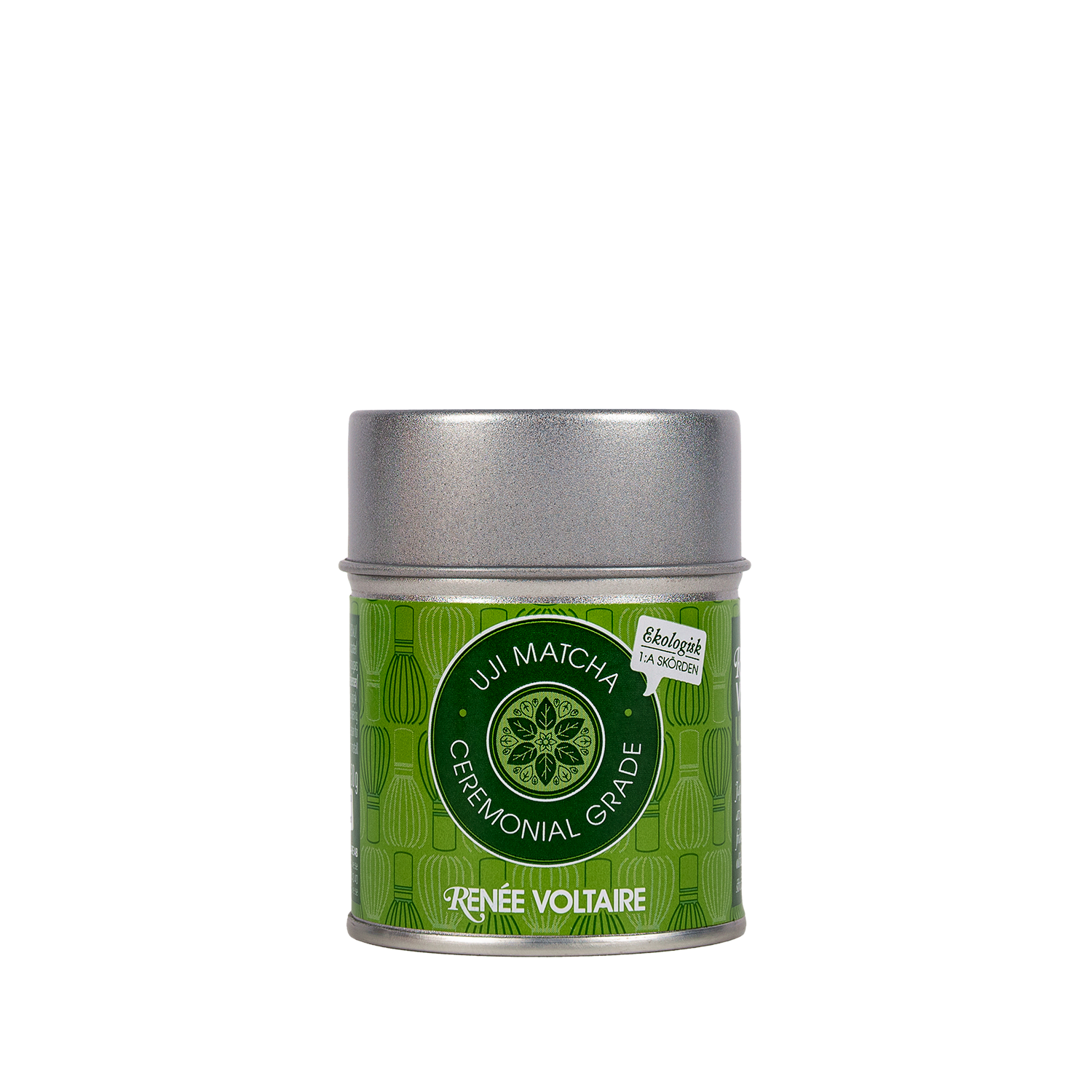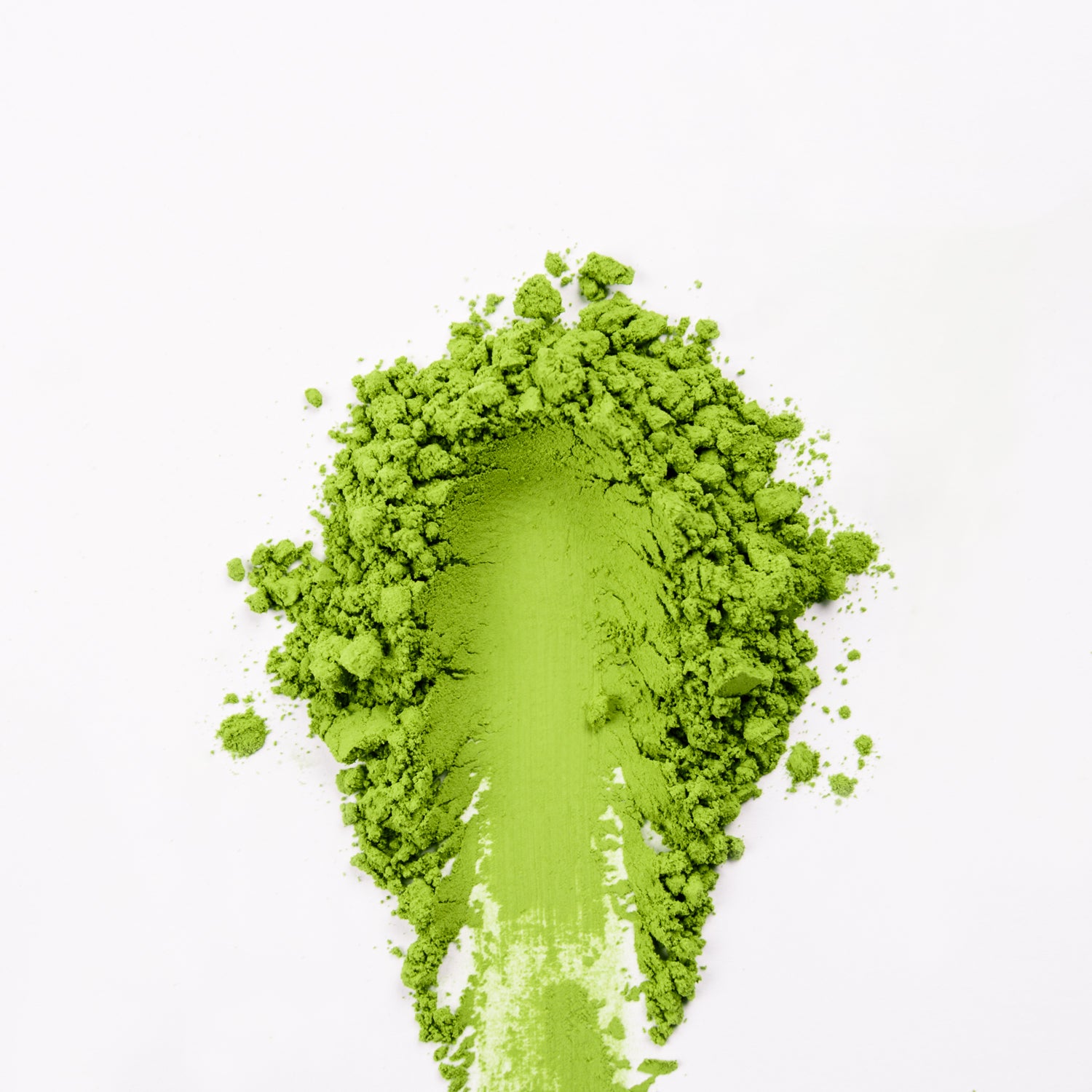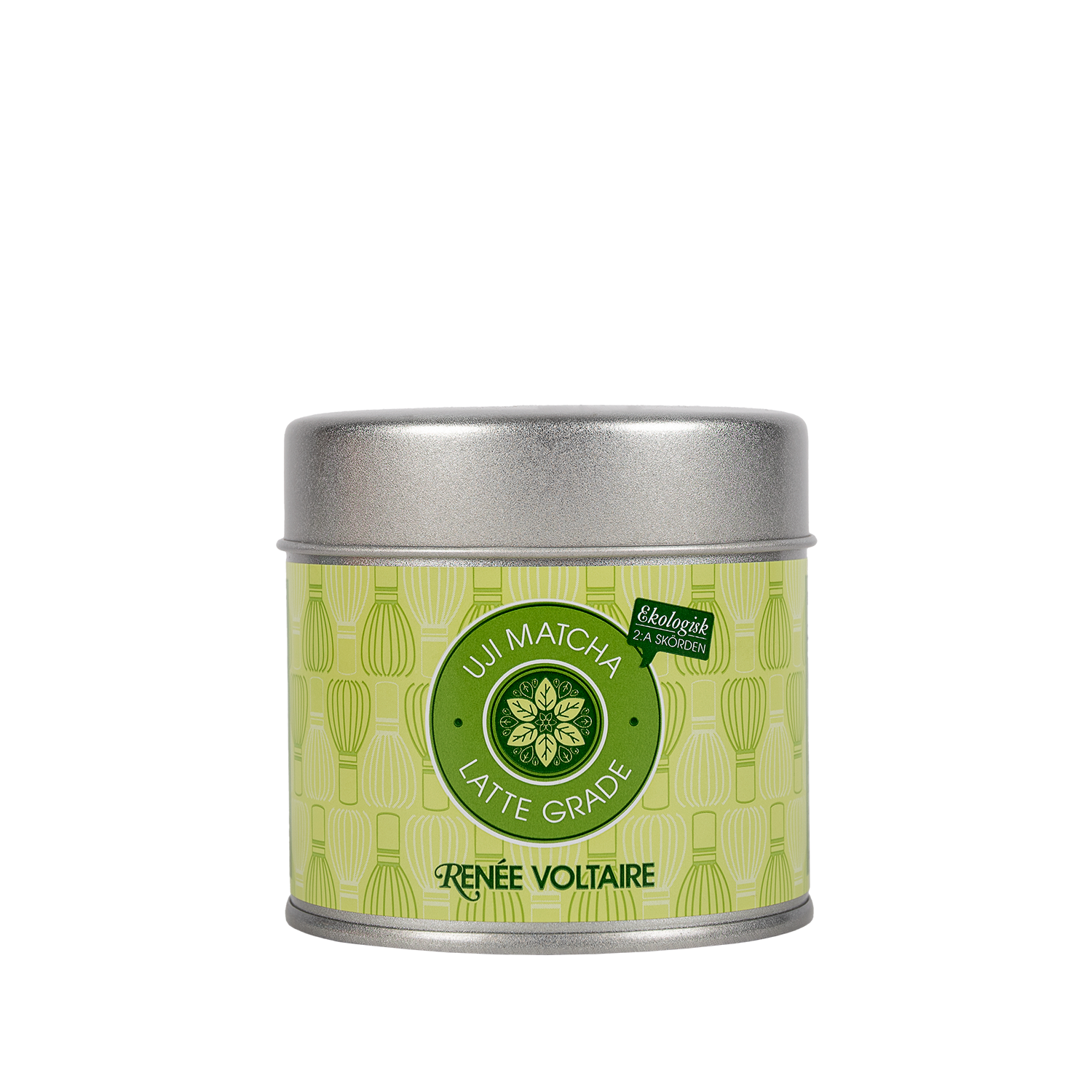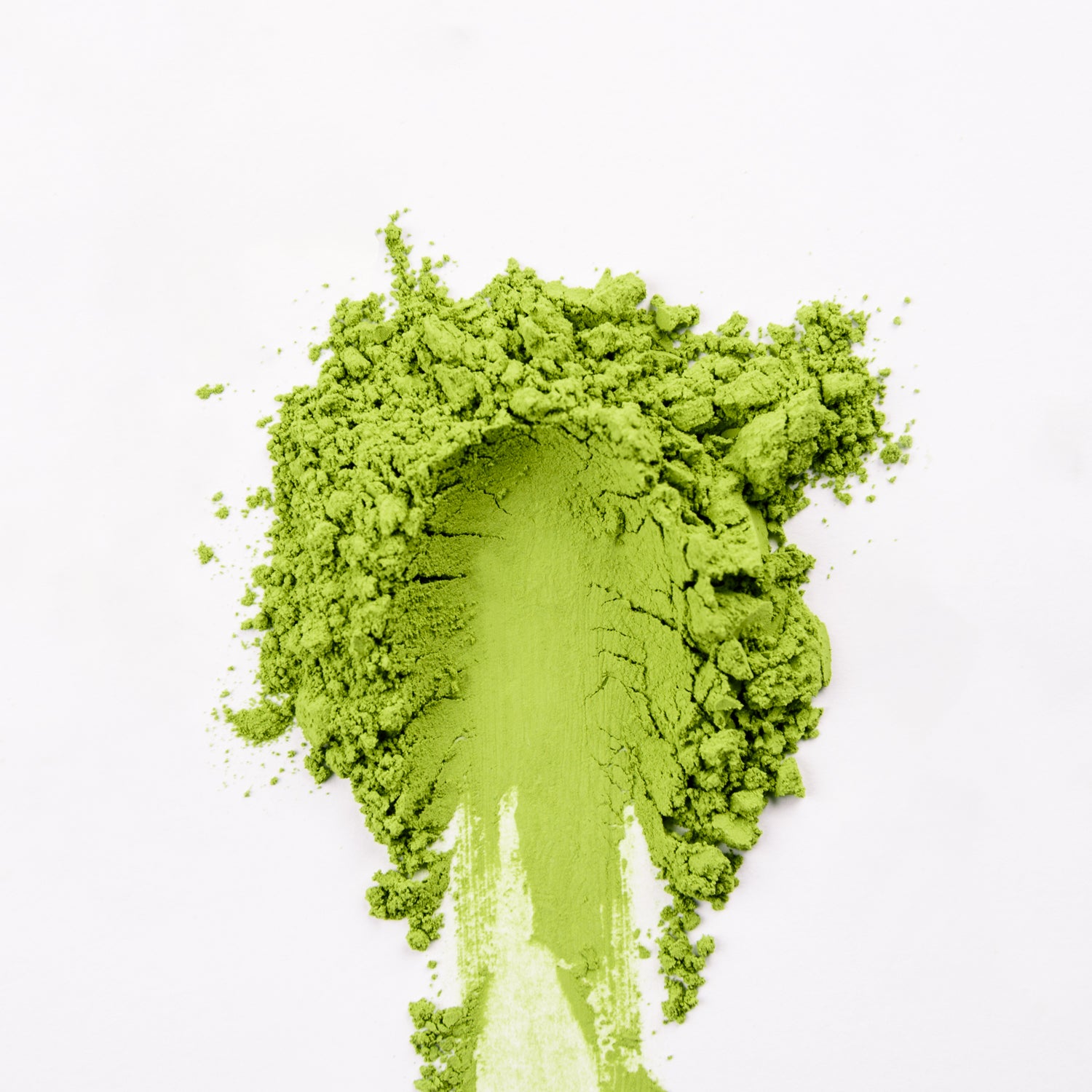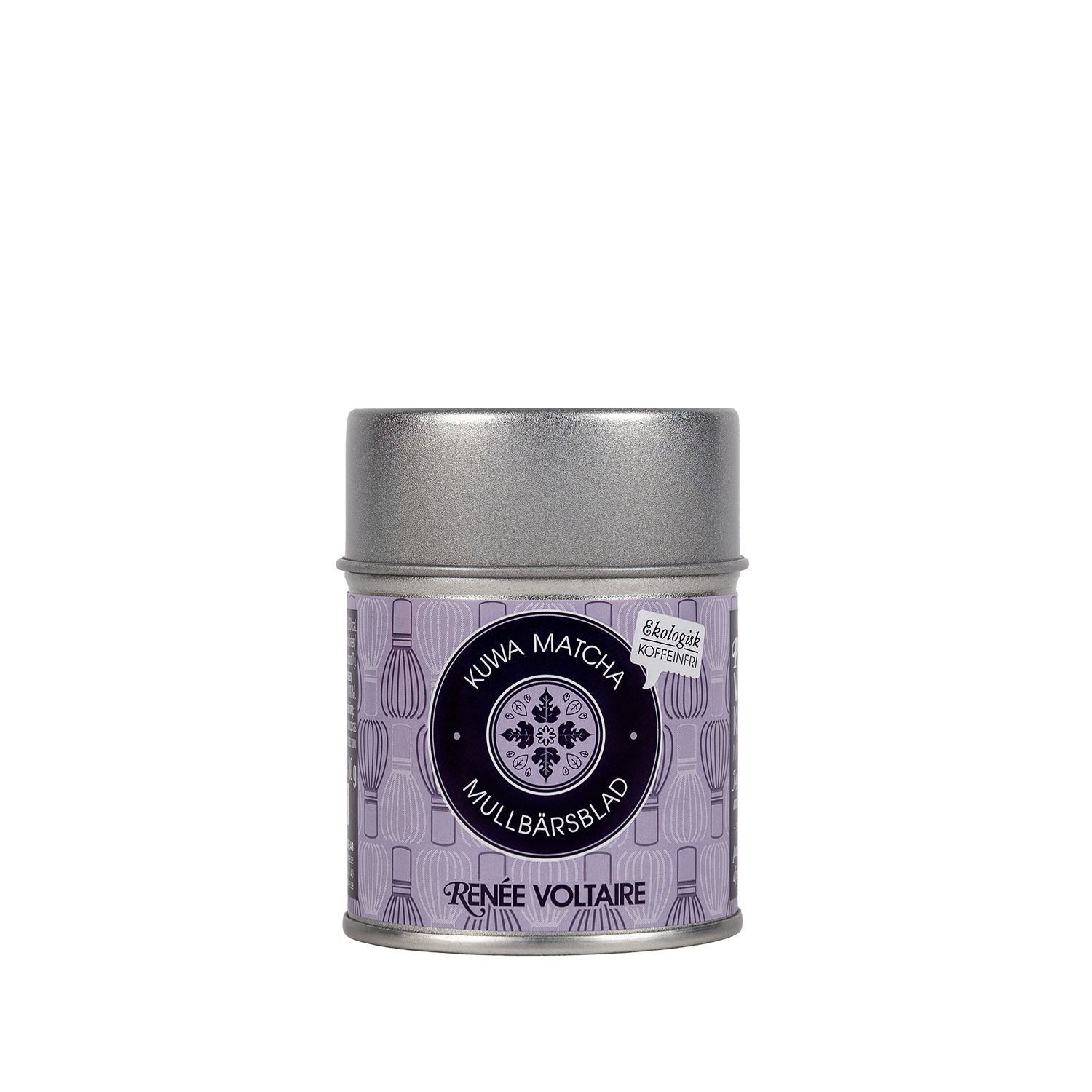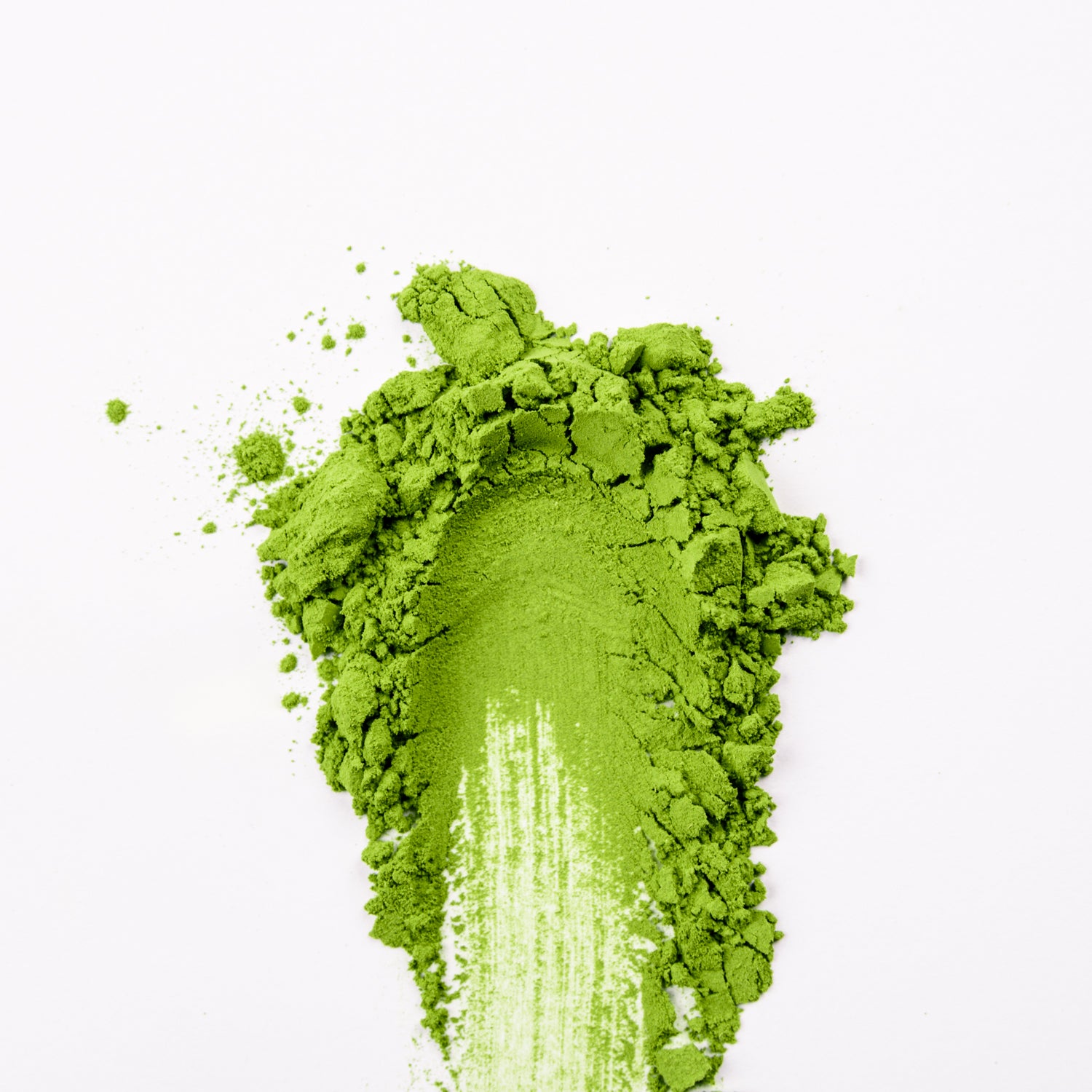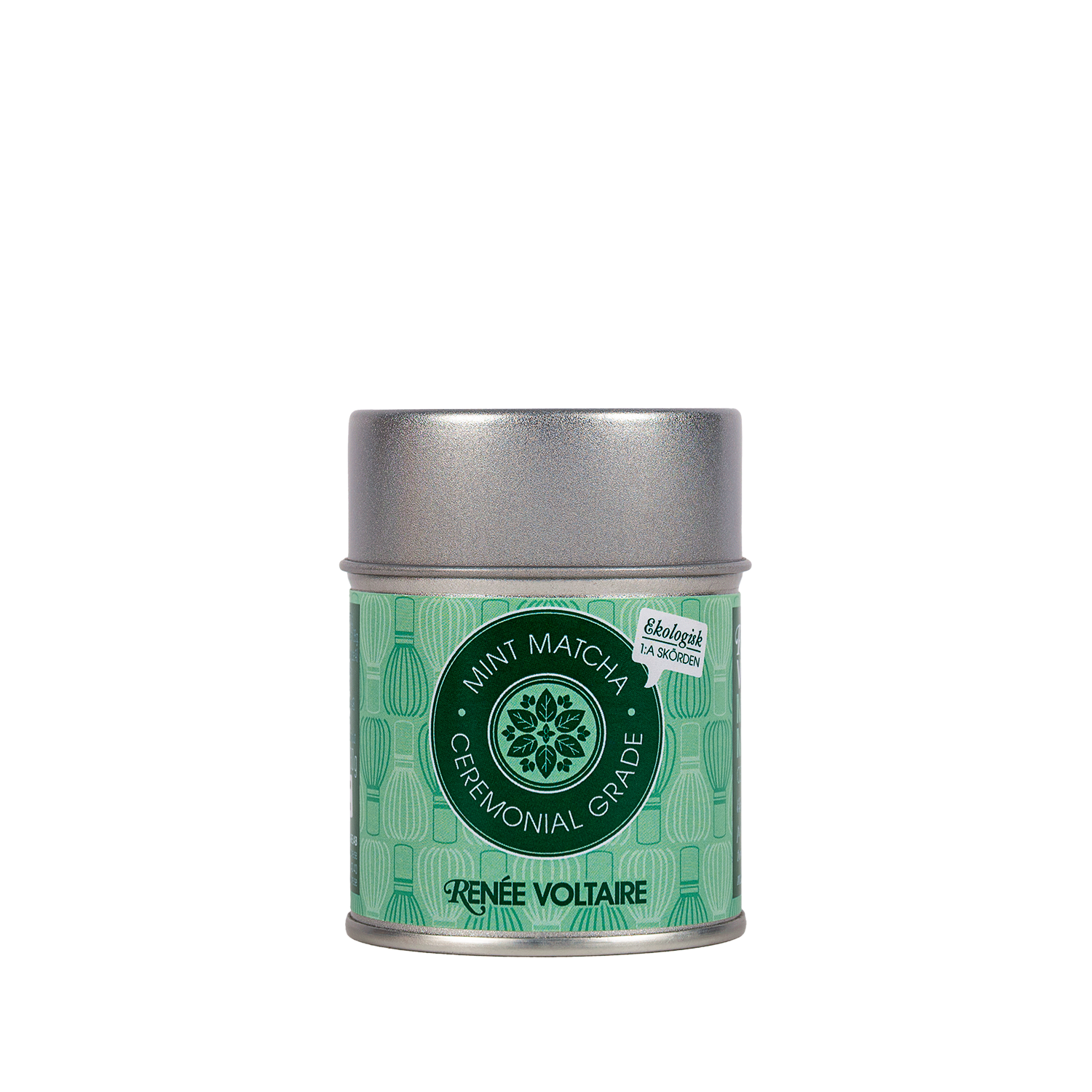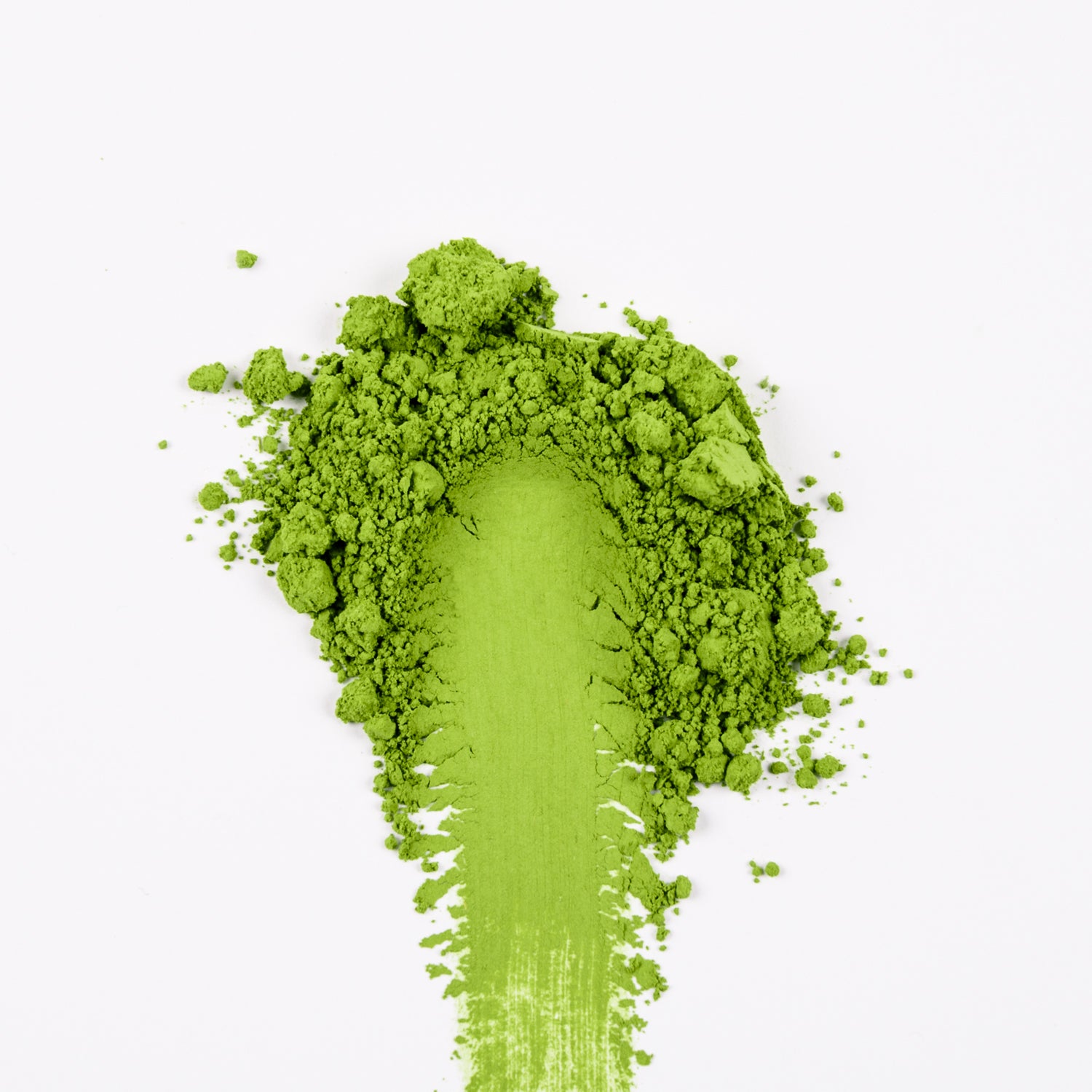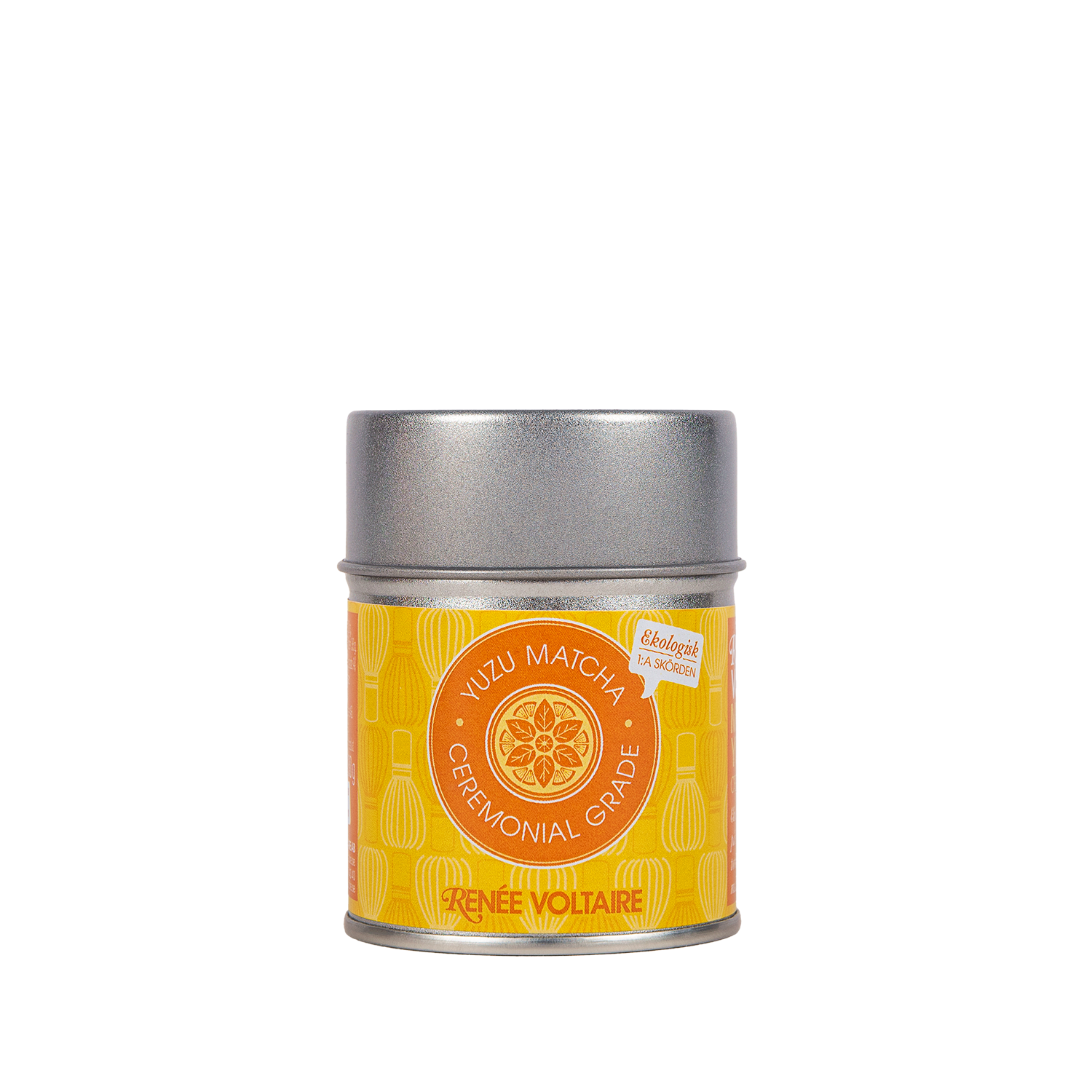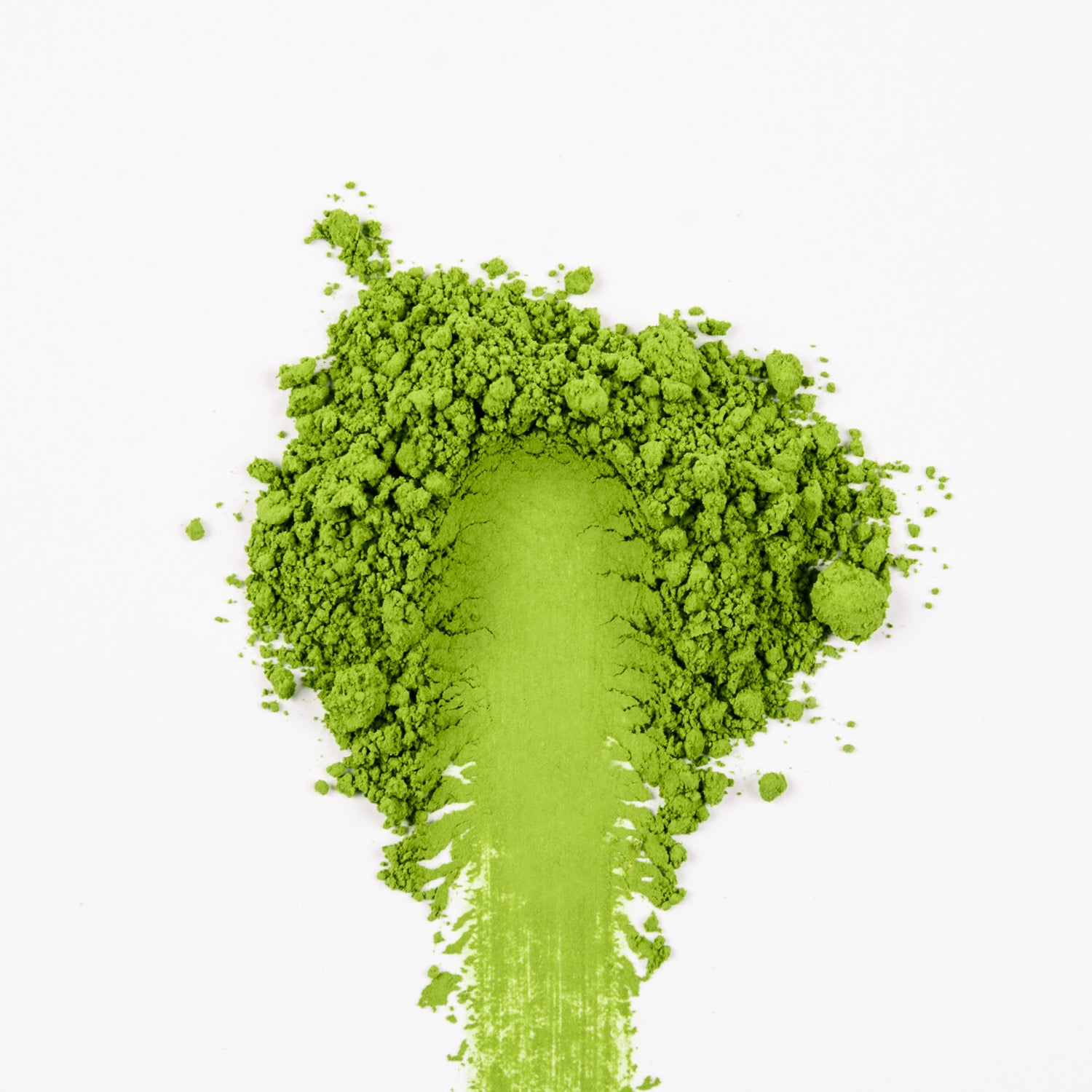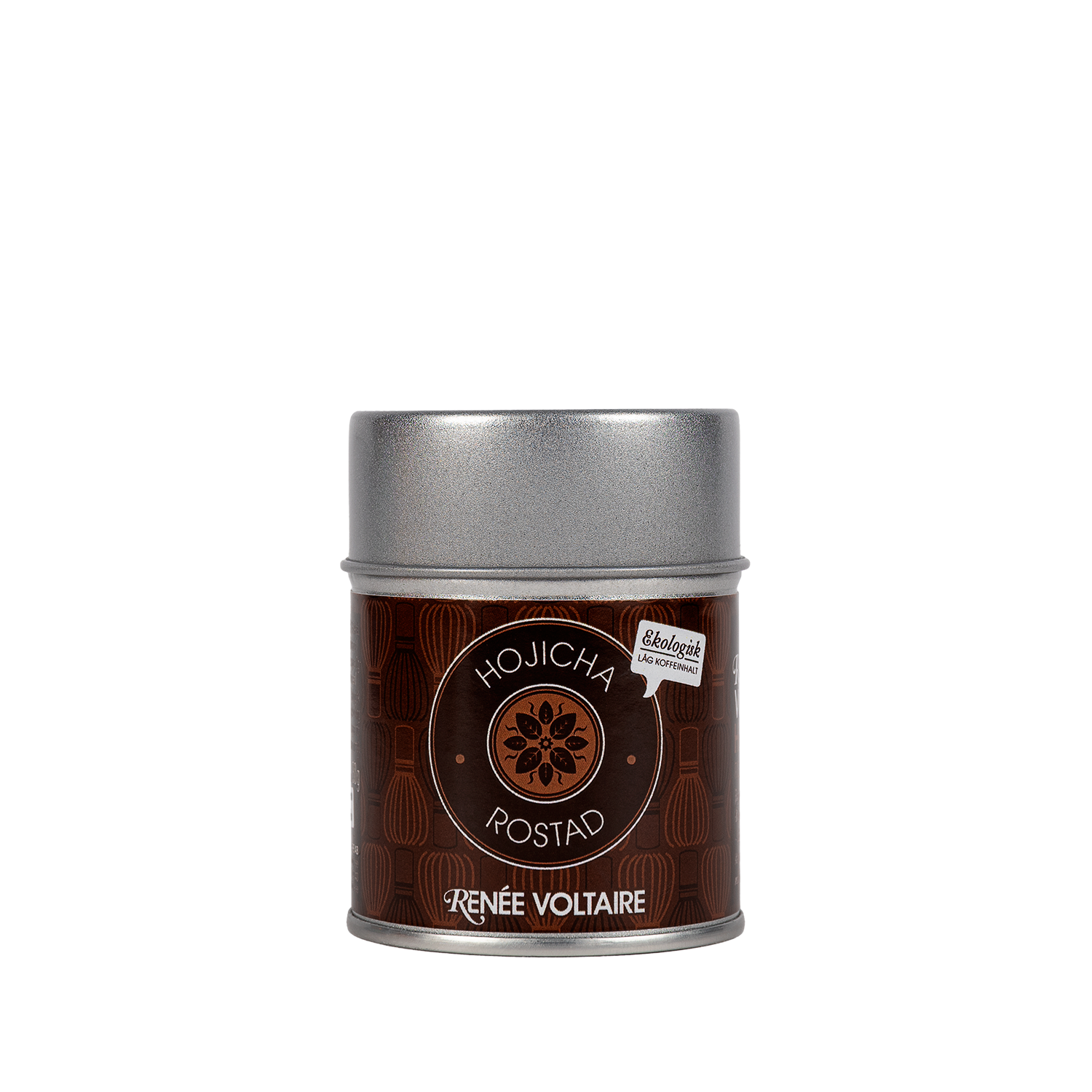Our matcha philosophy
Since 2015, we have offered matcha in our range and we are constantly trying to develop and improve with new exciting flavors and cultivars. Renée's multiple trips to the Japanese tea fields have created a mountain of knowledge and new ideas. They have laid the foundation for us to appreciate different types of matcha. We strive to offer a broad flavor profile of organic matcha from Japanese tea farms that fundamentally respect the tea leaf.
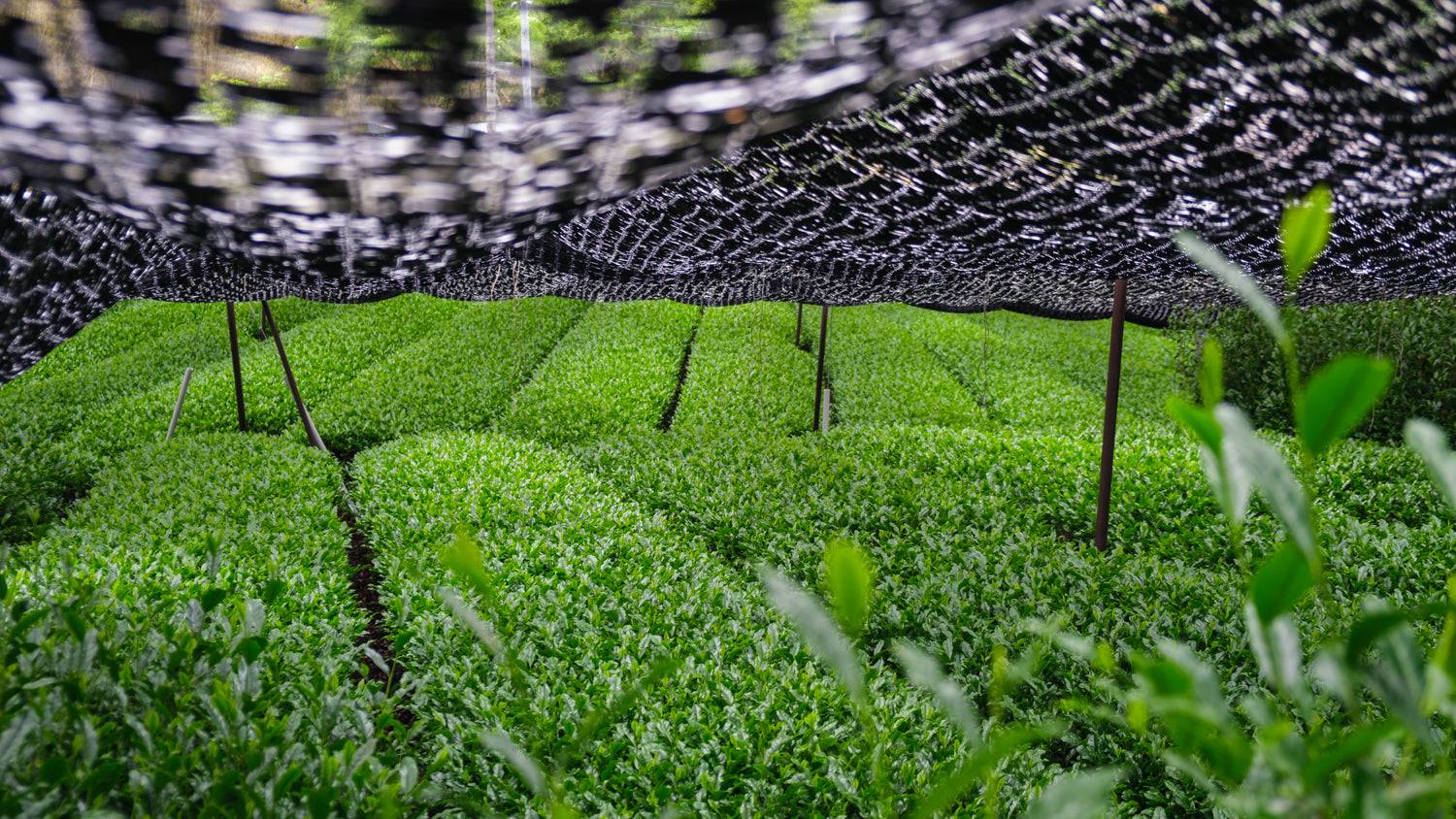
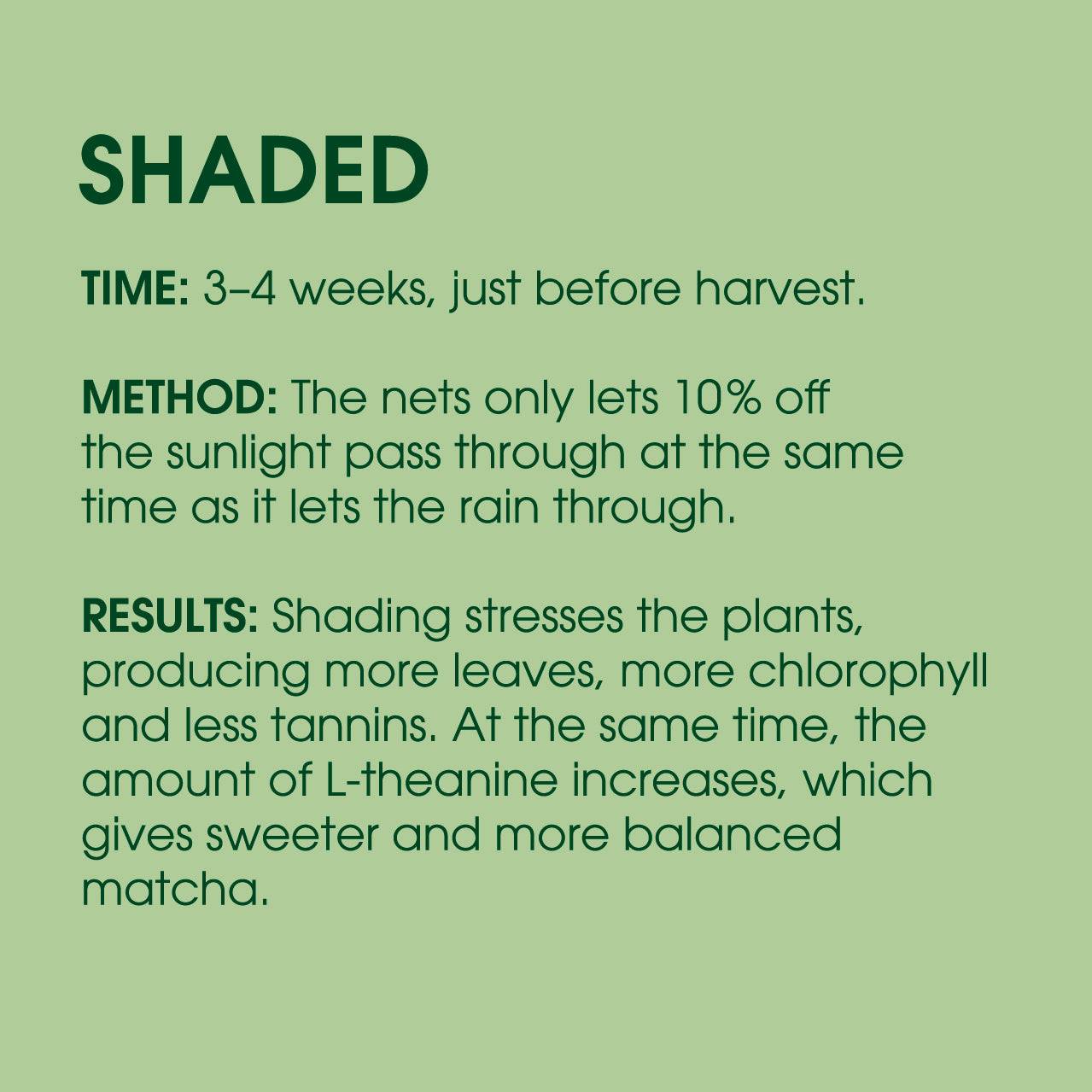
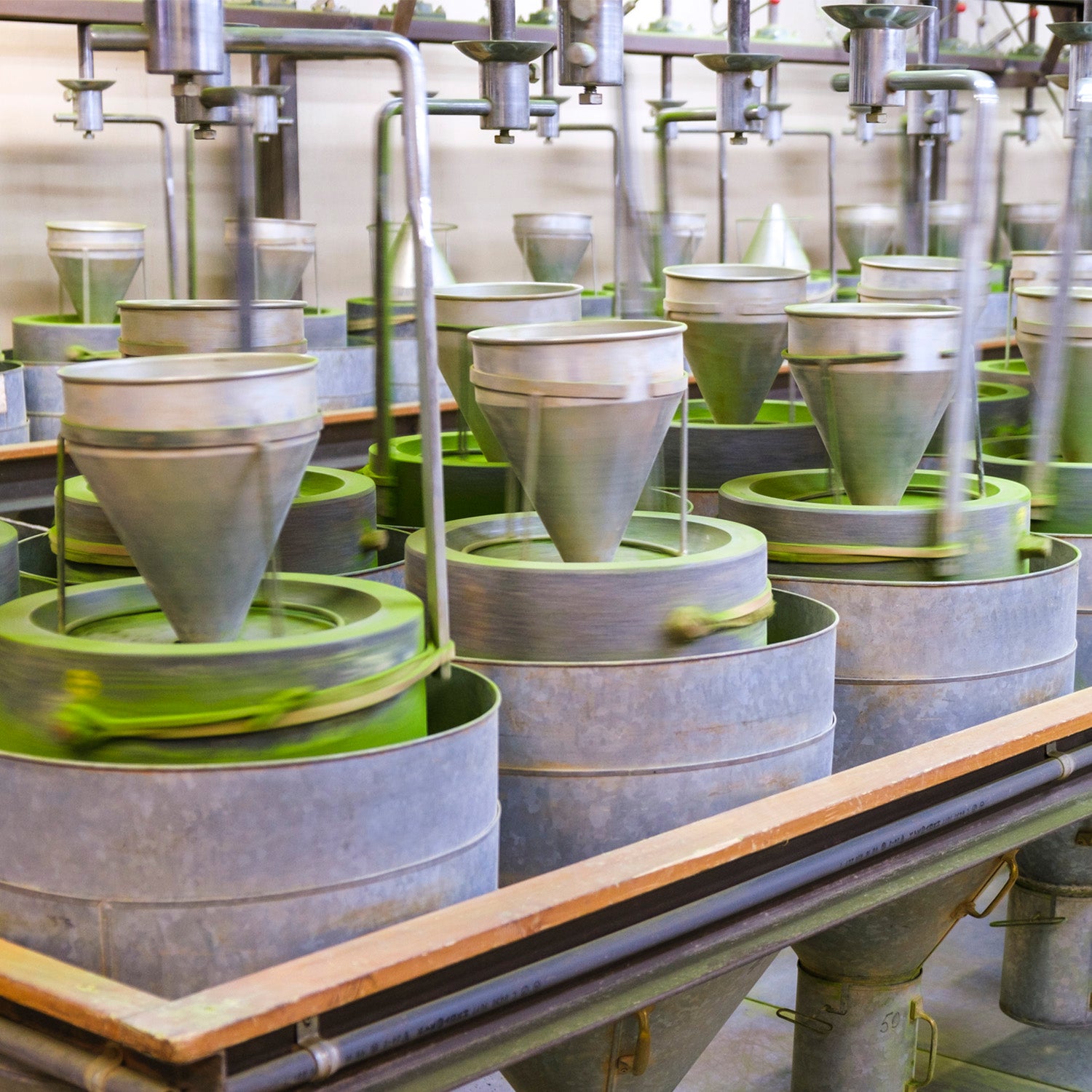
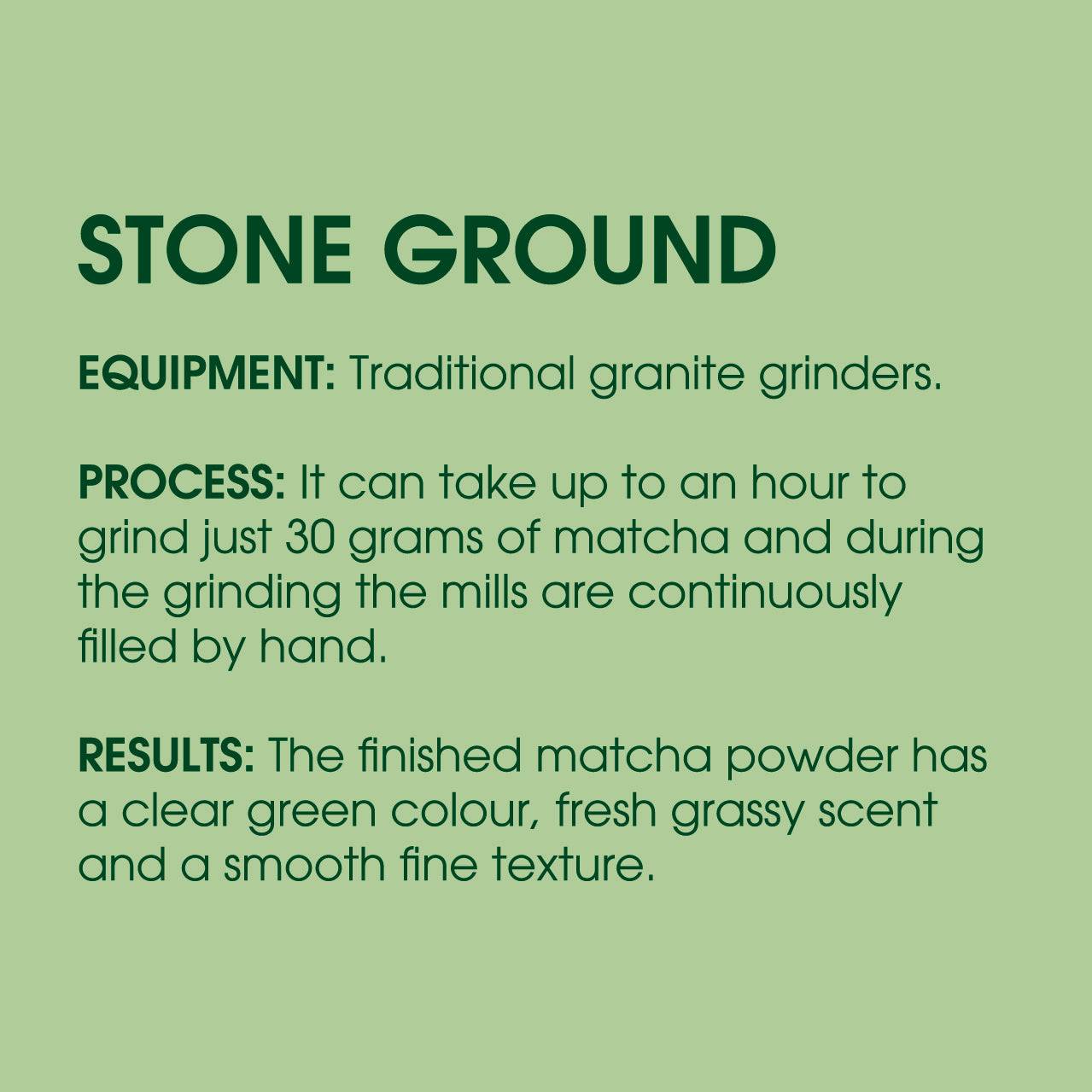
Matcha's Flavor Profile!
Not unlike wine, matcha comes in many flavors. In addition to matcha's fresh character with a certain earthy undertone, there is a distinct sweetness, umami, and roughness.
Sweetness and umami are strongly linked and come from the amount of L-theanine in the tea leaf. The harshness, often mistaken for bitterness, is nothing to be afraid of, it is part of the matcha's flavor profile and adds structure and body. A well-liked matcha usually has a balance of these flavor characters. Dare to try different matcha varieties with more complex and varying flavor profiles and let your experience and palette grow.
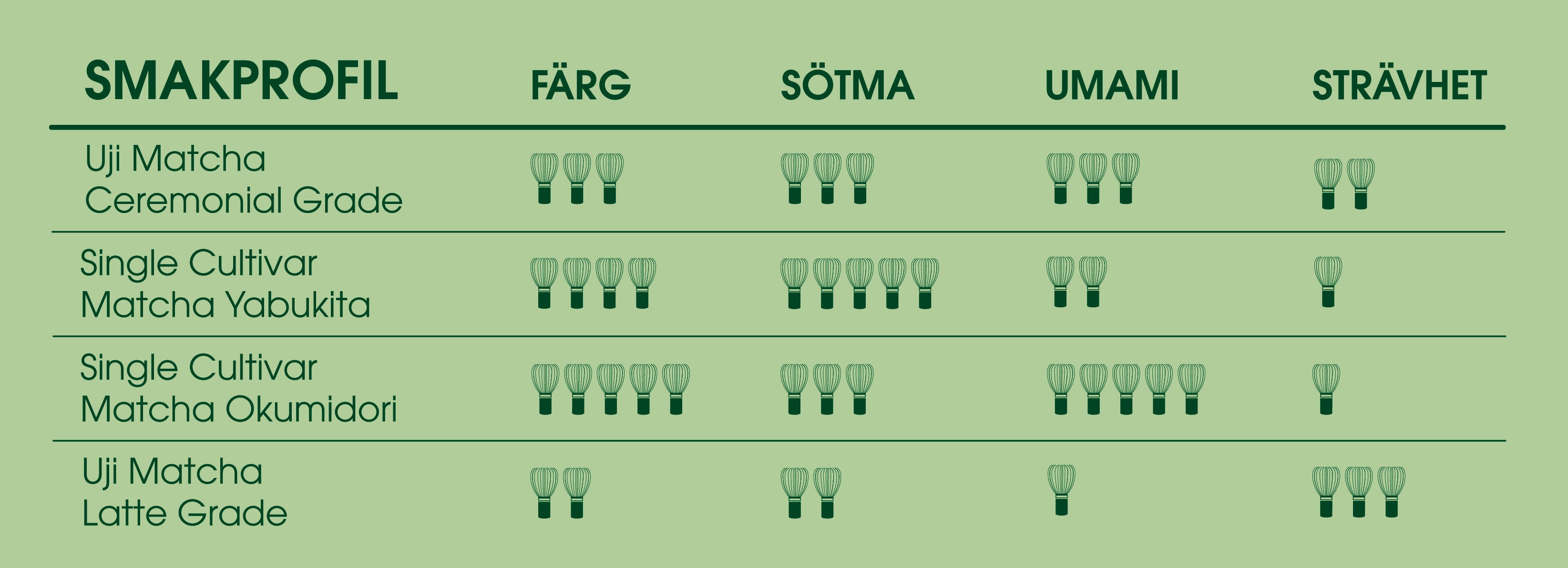
tools for a successful ceremony!
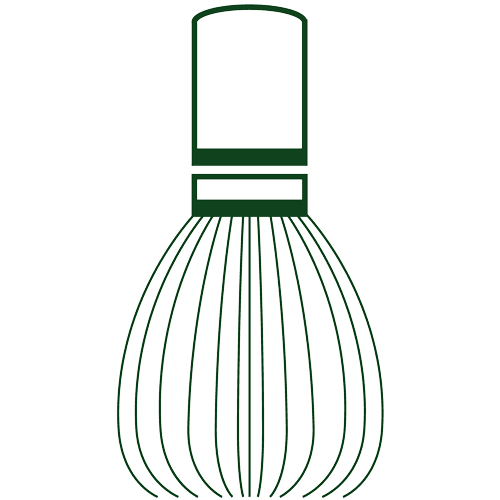
The bamboo whisk's 100 straws create a thick foam and smooth taste without binding the antioxidants in a metal whisk.

A good matcha bowl should sit comfortably in the hand and have a flat bottom that facilitates whisking.
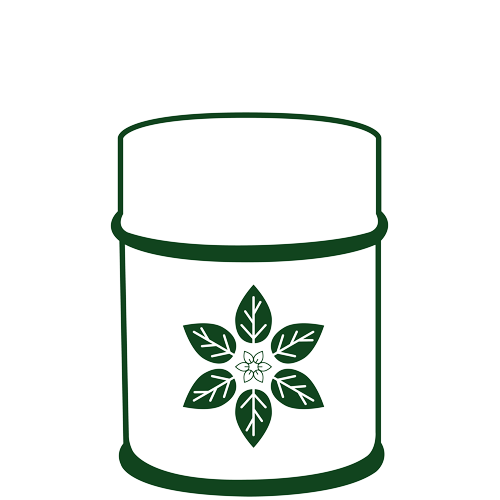
The matcha powder should be stored in an airtight container, preferably metal or dark glass, to minimize exposure to light and air.

The stand helps the whisk to dry properly, thereby maintaining its shape and extending its life.

A calming traditional act, the bamboo spoon is therefore advantageously used to dose the matcha powder.

By straining the matcha into the bowl, the tea dissolves more easily, lumps are avoided and it becomes easier to create a good foam.
Grading of matcha!
Unlike wine, there is no regulatory body for matcha. This has meant that the matcha market has become a wild west, with all sorts of qualities going by many names.
From this, one name has become particularly well-known – Ceremonial. Here it is often used to describe a higher quality matcha from the first harvest, sometimes also with various A to AAA grades. However, due to the lack of a regulatory body, anyone can call their matcha Ceremonial, so it is important to evaluate a matcha based on more than just the name.
Matcha questions & answers
Heat the tea water to 70 – 80 °C. Hotter can result in scalding and the matcha will become too bitter.
Tip!
Heat the matcha bowl with hot water, this will help the matcha stay warm longer.
Because you drink the whole tea leaf in powdered form, organic matcha reduces the risk of ingesting pesticides and synthetic chemicals.
Organic matcha provides a deeper and fuller flavor experience, rather than an overly refined and artificial sweetness that comes from the use of artificial fertilizers.
Matcha is sensitive to light, air, moisture and heat, which can impair both taste and shelf life. To protect the matcha powder, it should be stored in an airtight container, preferably metal or dark glass, to minimize exposure to light and air.
Many of the most dedicated tea enthusiasts in Japan store matcha in the refrigerator, where the cool temperature helps preserve both color and flavor.
Place the matcha whisk in a bowl of warm water before use to soften the bamboo straws. If the whisk is new, the bud in the center will open like a flower.
Single origin means that all raw materials come from one and the same tea farm. This premium matcha has been grown and produced by the same family for many generations, resulting in a unique and authentic product.
It's rare to find truly hand-picked matcha outside of Japan, and for good reason. It's an incredibly time-consuming process, and less than 5% of all tea farms in Japan are hand-picked.
Matcha is most often handpicked to be used for "competition matcha" and is rarely organic
Because new leaves continue to bud after others are picked, tea can be harvested 2 or 3 times a year.
The amount of theanine decreases and the leaves become coarser with each harvest, and you can also see a clear color difference.
Matcha is grown in large parts of Asia, mainly Japan, Korea and China.
With Japan being the very best on the market, in other countries you will find matcha of lower quality where the tea plant is often not shaded.
With Japan being the absolute best on the market, you can often be sure that it hasn't been cheated.

